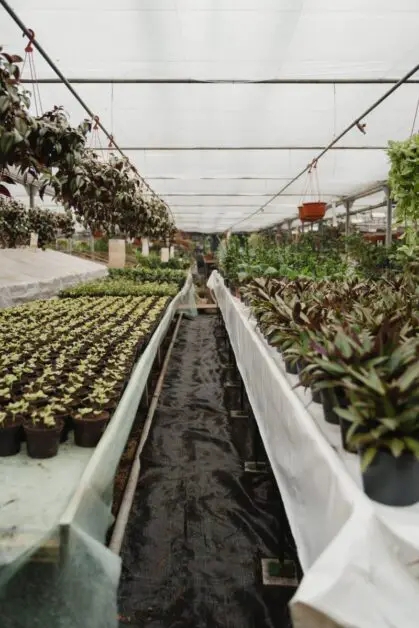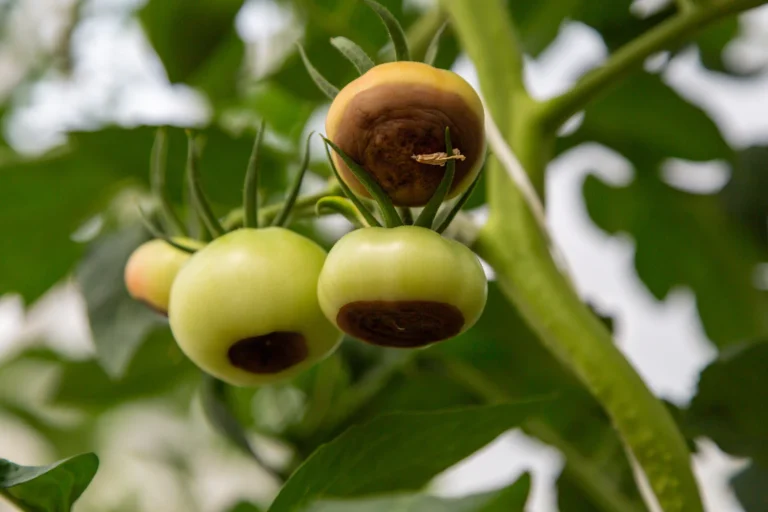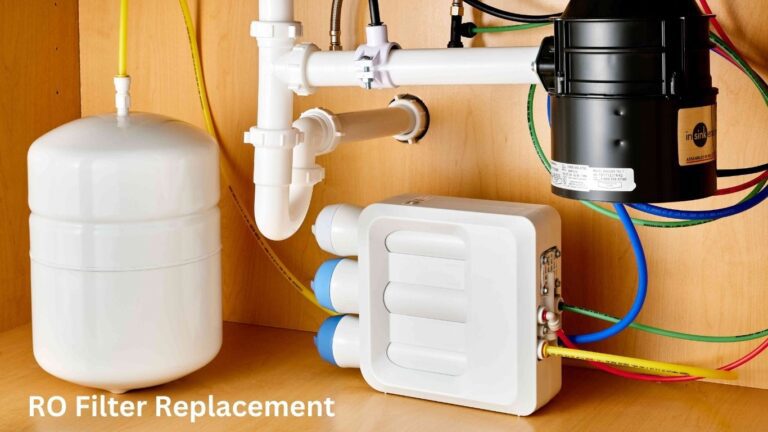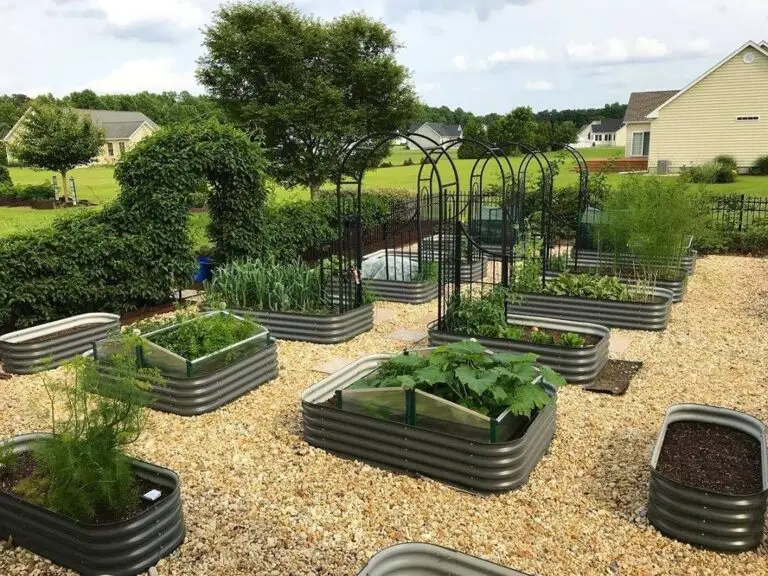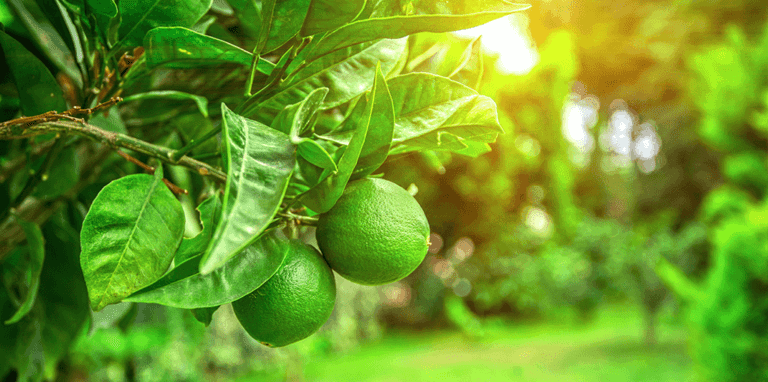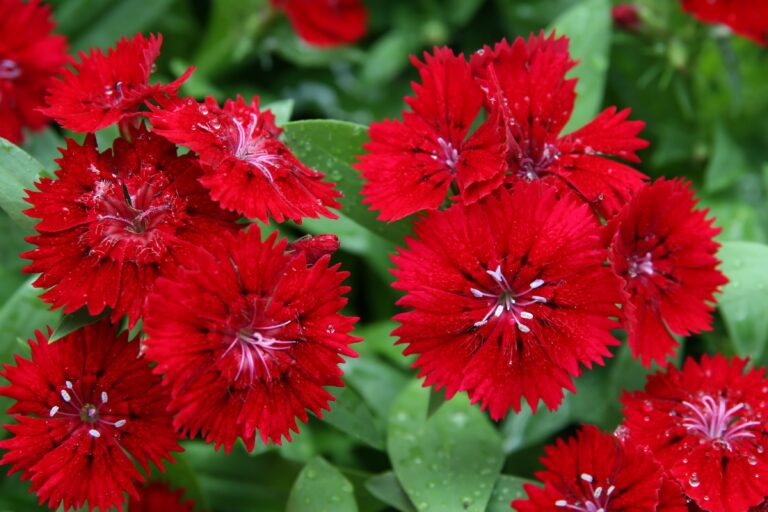Grow Tent Heat: How to Manage and Reduce the Temperature in Your Grow Tent
Table of Contents
Understanding the Impact of Temperature on Plant Growth
Temperature is a crucial factor that affects the growth and development of plants. Different plant species have different temperature requirements, and understanding these requirements can greatly optimize their growth. Temperature affects various processes in plants, such as photosynthesis, respiration, and nutrient uptake. Temperature can influence the rate of biochemical reactions within plant cells, which ultimately determines the plant’s overall growth and productivity.
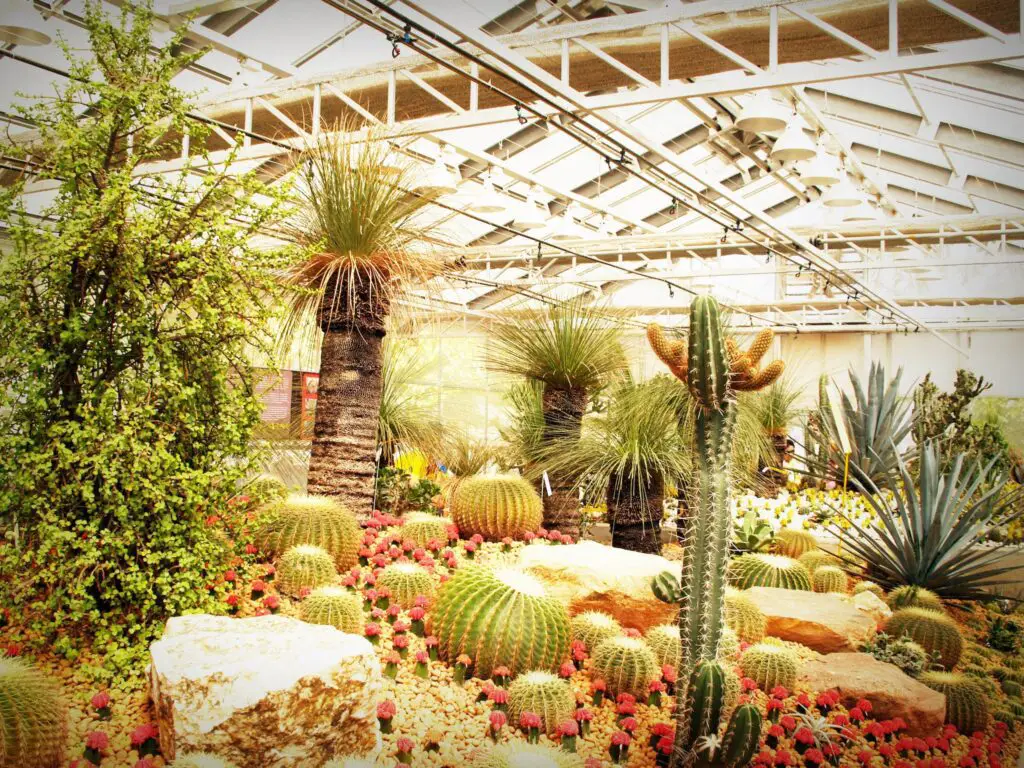
High temperatures can have detrimental effects on plants, leading to decreased photosynthesis rates, reduced water uptake, and increased susceptibility to diseases and pests. Conversely, low temperatures can hinder cellular functions and slow down metabolic processes in plants. Gardeners and growers need to understand the optimum temperature range for their plants and provide appropriate temperature control measures to ensure healthy growth. By maintaining ideal temperature conditions, gardeners can maximize their plants’ growth potential and achieve optimal yields.
Evaluating the Importance of Temperature Control in Grow Tents
Temperature control is a crucial factor in successfully growing plants in grow tents. Maintaining the right temperature within the tent ensures optimal growth and development of plants, as different species have specific temperature requirements. Failure to control temperature can lead to stunted growth, reduced yields, and even death of the plants.
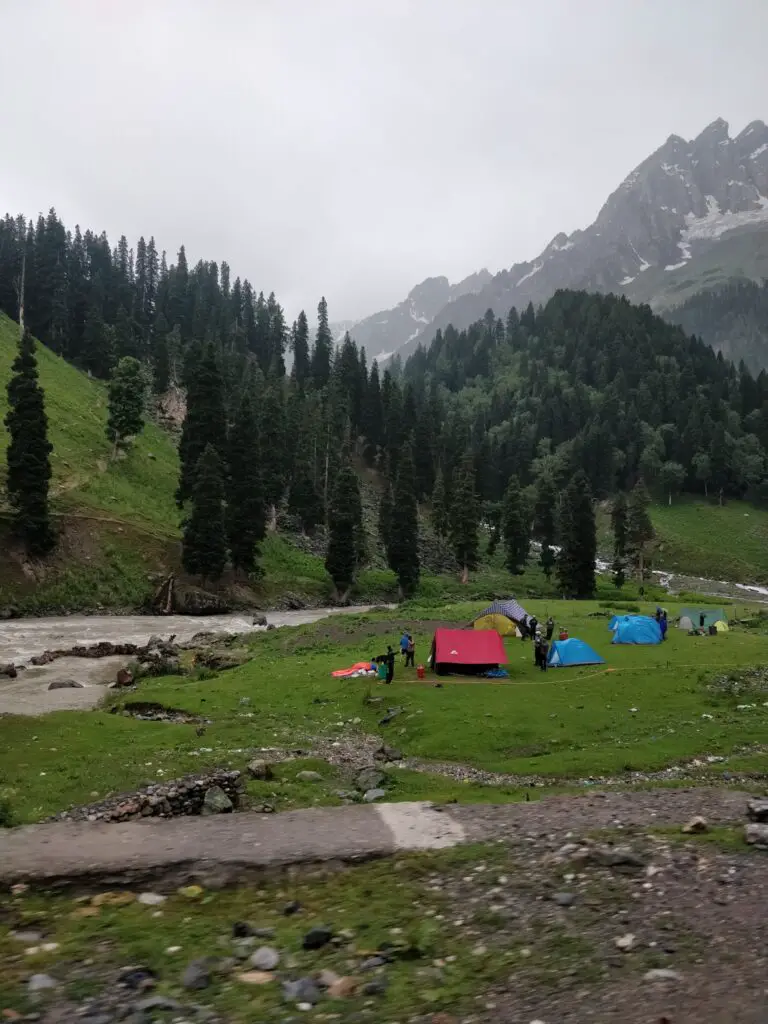
Plants are highly sensitive to extreme temperatures, both hot and cold. In a grow tent, where environmental conditions are artificially regulated, providing a stable and suitable temperature range is essential. High temperatures can cause heat stress, inhibiting photosynthesis and affecting plant metabolism. On the other hand, low temperatures can slow down or halt crucial physiological processes, leading to poor growth.
To understand the importance of temperature control, one must consider the specific needs of the plants being grown. Each plant species has an optimal temperature range for growth, which can vary depending on the stage of development. By maintaining the temperature within this range, growers can maximize photosynthesis, nutrient absorption, and overall plant health. Moreover, a controlled temperature also helps to prevent the proliferation of pathogens and the development of diseases that thrive in extreme climates.
Identifying Factors that Contribute to High Temperatures in Grow Tents
High temperatures in grow tents can have a significant impact on the health and growth of plants. Understanding the factors that contribute to high temperatures is crucial to effectively control and manage the temperature levels within the grow tent.
| Factors | Description/Impact | Mitigation Strategies |
|---|---|---|
| Lighting | – Type of Lights: HPS/MH vs. LED | – Choose energy-efficient LED lights |
| – Proximity to Plants | – Ensure proper spacing and ventilation | |
| Ventilation | – Inadequate Air Exchange | – Use exhaust fans and intake vents |
| – Exhaust System | – Ensure a properly sized and functioning exhaust system | |
| Temperature Control | – Lack of Monitoring | – Regularly monitor and control temperature |
| Insulation | – Inadequate Insulation | – Choose appropriate tent material |
| Environmental Factors | – Ambient Room Temperature | – Adjust room temperature if necessary |
| – Humidity Levels | – Monitor and control humidity levels | |
| Cooling Solutions | – Use of Fans | – Utilize oscillating fans for air circulation |
| – Air Conditioning | – Consider installing air conditioning units if necessary | |
| Lighting Schedule | – Lighting Duration | – Adjust the ✅ lighting schedule to provide rest periods for plants |
| Heat-emitting Equipment | – Electronic Devices | – Consider placement and use energy-efficient alternatives |

One of the major factors that contribute to high temperatures in grow tents is poor ventilation. Insufficient airflow can result in the accumulation of heat, causing the temperature to rise rapidly. It is important to ensure that the grow tent has adequate ventilation systems in place, such as fans or extractor systems, to promote proper air circulation and prevent heat build-up. Additionally, the size and type of the grow tent can also affect temperature control. Larger grow tents tend to hold more heat, while certain materials, like those with poor insulation properties, may contribute to higher temperatures. By selecting the appropriate size and type of grow tent, it is possible to minimize the risk of high temperatures and create a favorable environment for plant growth.
Another factor that can contribute to high temperatures in grow tents is the location of the tent itself. Placing the tent in an area exposed to direct sunlight or in a room with inadequate ventilation can result in increased temperatures. A location with access to natural air flow, such as near windows or vents, can help regulate the temperature within the grow tent. It is important to consider the ambient temperature of the surrounding environment when selecting the location for the grow tent, as this can play a role in temperature control as well. Taking these factors into account when setting up a grow tent will help ensure optimal temperature conditions for plant growth.
Selecting the Right Location for Your Grow Tent
When it comes to selecting the right location for your grow tent, there are several factors to consider to ensure optimal temperature control and plant growth. One of the most important aspects is to choose a space that provides a stable and consistent temperature throughout the day.
Ideally, you should look for an area in your home or garden that is not exposed to extreme temperature fluctuations, such as direct sunlight or drafts from open windows. This will help maintain a consistent temperature within the grow tent and minimize the risk of heat stress or cold damage to your plants. Additionally, selecting a location away from heating or cooling vents, as well as appliances that emit heat, can further contribute to a more stable environment for your plants.
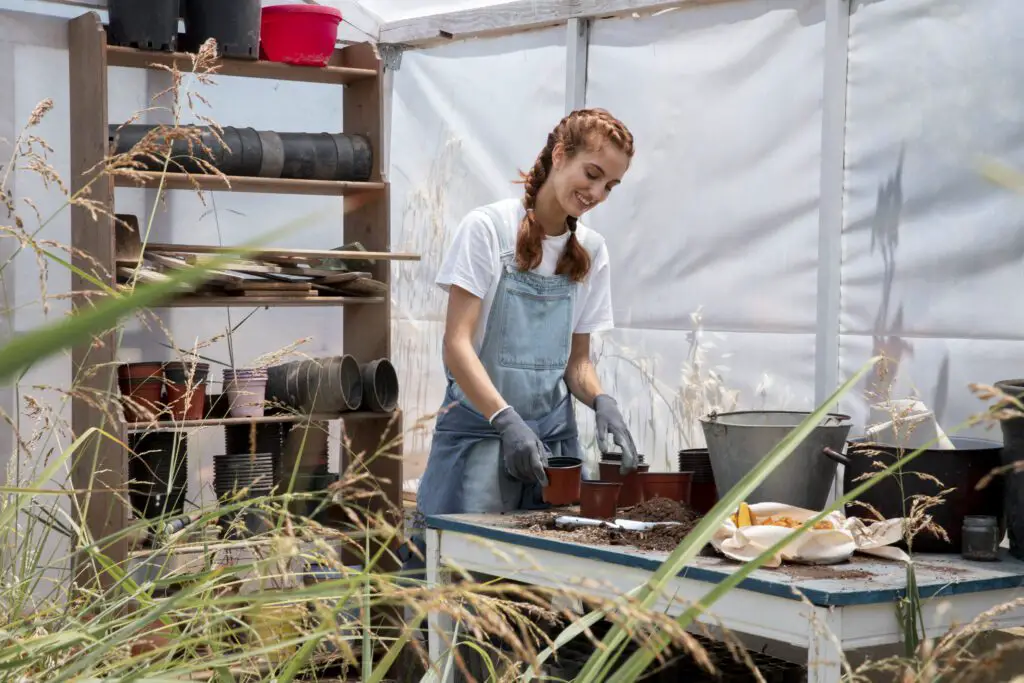
Another key consideration is the availability of natural light. While grow lights are essential for indoor gardening, natural sunlight can supplement artificial lighting and provide a more balanced spectrum of light for your plants. Therefore, choosing a location that receives ample natural light or is easily accessible to natural light sources can greatly benefit the growth and development of your plants.
In addition to temperature and lighting, it’s also important to consider other environmental factors such as humidity and airflow when selecting the right location for your grow tent. Ensuring proper air circulation and ventilation will help regulate temperature, prevent the buildup of stagnant air, and reduce the risk of disease or pest infestation.
By carefully evaluating these factors and selecting an appropriate location, you can create an ideal environment for your plants to thrive and maximize their growth potential in your grow tent.
Choosing the Appropriate Size and Type of Grow Tent for Optimal Temperature Control
When it comes to achieving optimal temperature control in your grow tent, choosing the appropriate size and type of tent is crucial. The size of your grow tent will directly impact the amount of heat that is generated and trapped within the space. A larger tent will require more cooling power to maintain ideal temperatures, while a smaller tent may be easier to regulate.
Consider the specific needs of your plants when selecting the size of your grow tent. Different plant varieties have different temperature preferences, so ensure that you choose a tent size that can accommodate the specific heat requirements of your plants. Additionally, consider the amount of space you have available and your growing goals. If you plan to expand your operation in the future, it may be prudent to invest in a larger tent to allow for growth and flexibility.
Furthermore, the type of grow tent you choose can also impact temperature control. Some tents are designed with better insulation properties, which can help to minimize heat loss or gain. Look for tents that are made with materials specifically designed for temperature control, such as those that incorporate reflective surfaces or heat-resistant materials.
By carefully considering both the size and type of grow tent for your specific needs, you can set the foundation for effective temperature control in your growing environment. So, take the time to research and invest in the right tent that will provide optimal conditions for your plants’ growth.
Exploring Ventilation Options to Maintain Ideal Temperatures
Proper ventilation is an essential aspect of maintaining ideal temperatures in a grow tent. By ensuring a continuous flow of fresh air, gardeners can effectively regulate heat levels and create an optimal environment for their plants to thrive. Ventilation systems serve multiple purposes, including removing excess heat, preventing humidity buildup, and supplying plants with the necessary carbon dioxide.
One common ventilation option is the use of inline fans, which are positioned outside the grow tent to draw in fresh air and expel stagnant air. These fans can be easily installed in the ventilation ducts, promoting air circulation and preventing the accumulation of heat. By adjusting the speed of the inline fans, gardeners can customize the airflow and maintain the desired temperature range. Additionally, carbon filters can be incorporated into the system to remove odors and filter the incoming air, contributing to a clean and healthy growing environment.
To further enhance the ventilation in a grow tent, gardeners can also employ oscillating fans within the tent itself. These fans promote air movement across the plants, helping to distribute heat evenly and prevent hotspots. By strategically placing the oscillating fans, gardeners can ensure that air reaches all areas of the tent, fostering consistent growth and preventing the development of mold or fungus. Moreover, these fans simulate a gentle breeze, which encourages stronger stems and healthier plants as they adapt to slight movement. The combination of inline fans and oscillating fans offers gardeners an effective solution for maintaining ideal temperatures and creating a conducive environment for plant growth.
Utilizing Fans and Extractor Systems to Regulate Heat in Your Grow Tent
Fans and extractor systems are essential tools for maintaining optimal temperature levels in your grow tent. These devices work together to regulate heat and ensure a conducive environment for plant growth. By moving air around and expelling hot air, they help prevent overheating and create a balanced climate for your plants.
Fans, such as oscillating fans, help in promoting air circulation within the grow tent. This circulation provides a consistent supply of fresh air, allowing carbon dioxide uptake and ensuring healthy respiration for the plants. Additionally, the movement of air helps prevent the formation of hotspots and stagnant areas, which can lead to uneven temperature distribution. By strategically placing fans in your grow tent, you can create a consistent airflow pattern that benefits your plants’ overall growth and development.
Extractor systems, on the other hand, play a vital role in expelling hot air and controlling humidity levels. These systems consist of a fan and a ducting system that removes stale air from the grow tent, replacing it with fresh, cooler air from outside. This process helps maintain a suitable temperature range and prevents the buildup of excess heat that can be detrimental to your plants. Extractor systems can also aid in controlling humidity levels by eliminating excess moisture, preventing the growth of mold or mildew, and promoting a healthy environment for plant growth.
By utilizing fans and extractor systems, you can effectively regulate heat in your grow tent, creating an optimal environment for your plants to thrive. However, it is crucial to consider the size and capacity of these systems for your grow tent. Properly sized and installed fans and extractors will provide the best ventilation and temperature control, ensuring the success of your indoor garden.
Implementing Proper Insulation Techniques to Minimize Heat Build-up
To minimize heat build-up in your grow tent, implementing proper insulation techniques is crucial. Insulation plays a vital role in regulating temperature by creating a barrier that prevents heat from escaping or seeping into the grow tent. One effective method is to line the walls of your grow tent with reflective insulation material, such as Mylar or reflective foil.
These materials have excellent reflective properties, bouncing back a significant portion of the heat and light emitted by your grow lights. By reflecting the heat away from the walls, you can maintain a cooler environment within the grow tent. Additionally, these insulation materials can also help distribute the light more evenly, ensuring all plants receive ample coverage.
Another insulation technique to consider is insulating the floor of your grow tent. This helps to prevent the heat from escaping through the ground and keeps it within the growing area. Using foam boards or insulation mats can create an effective thermal barrier, minimizing heat loss and ensuring a stable temperature for your plants.
By incorporating proper insulation techniques, you can significantly reduce heat build-up in your grow tent, creating a more favorable environment for optimal plant growth.
Harnessing the Power of Air Conditioning for Effective Temperature Management
In the realm of temperature management in grow tents, one powerful tool that can be utilized is air conditioning. Air conditioning systems are specifically designed to regulate temperature and humidity levels in enclosed spaces, which makes them an excellent option for maintaining optimal conditions for plant growth.
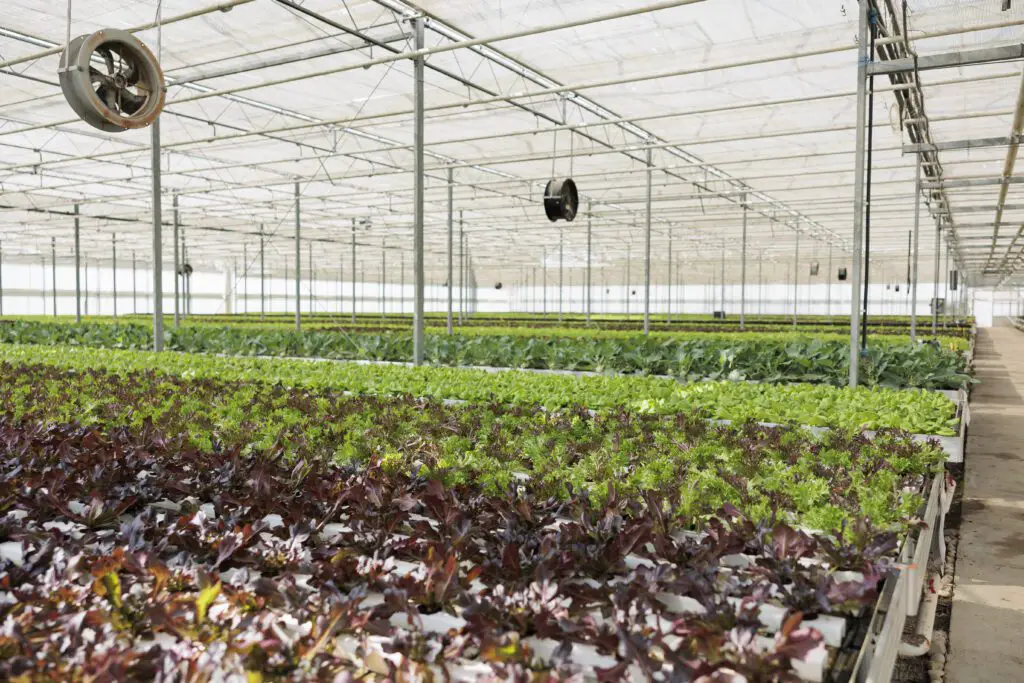
One of the key benefits of air conditioning is its ability to cool down the ambient temperature within the grow tent. By pulling in the surrounding air, the air conditioning unit can remove excess heat, ensuring that the temperature remains within the desired range. This is particularly important during hot summer months or in regions with high average temperatures. The controlled cooling provided by air conditioning not only creates a comfortable environment for plants but also helps to prevent heat stress, which can hinder their growth and development. Additionally, air conditioning systems often come with built-in humidity control features, further augmenting their effectiveness in temperature management.
Optimizing Lighting Systems to Reduce Heat Emission in Grow Tents
Optimizing lighting systems is crucial for maintaining optimal temperature levels in grow tents. High heat emission from lights can significantly affect plant growth and overall productivity. Therefore, implementing strategies to reduce heat emissions is essential in creating an ideal environment for plants to thrive.
One effective method to reduce heat emission is by using LED lights. LED lights have gained popularity in recent years due to their energy efficiency and low heat output. Compared to traditional lighting systems such as incandescent or fluorescent lights, LEDs emit significantly less heat while producing the same or even higher levels of light intensity. This not only helps in keeping the temperature within the desired range but also lowers energy consumption, resulting in cost savings for growers.
Another approach to minimize heat emission is to properly position the lights within the grow tent. Placing the lights too close to the plants can result in excessive heat buildup. To prevent this, maintaining an appropriate distance between the lights and the canopy is crucial. Manufacturers often provide recommendations on the optimal distance based on their light specifications. Additionally, using reflective surfaces or materials on the walls and ceiling of the grow tent can help redirect and distribute light more efficiently, reducing the concentrated heat emitted from the lights.
By implementing these strategies, growers can effectively reduce heat emissions from lighting systems in their grow tents, thereby creating an environment conducive to healthy plant growth. With optimized lighting systems, temperature control becomes more manageable, allowing gardeners to focus on other essential aspects of cultivating thriving plantations.
Employing Heat-resistant Materials and Reflective Surfaces for Temperature Control
When it comes to maintaining optimal temperature levels in a grow tent, employing heat-resistant materials and reflective surfaces can play a crucial role. These specialized materials are designed to withstand high temperatures and minimize heat transfer, ensuring a stable and controlled environment for plant growth.
Heat-resistant materials, such as high-quality thermal insulation panels, can be used to create a barrier that prevents excessive heat buildup. These panels are typically made from materials like foam or fiberglass that have excellent insulating properties. By installing them in key areas of the grow tent, such as the walls or ceiling, heat can be effectively trapped inside, reducing the need for excessive cooling measures.
In addition to heat-resistant materials, utilizing reflective surfaces can help optimize temperature control within the grow tent. Reflective materials, such as mylar or reflective films, are applied to the interior surfaces of the tent to maximize the utilization of light while minimizing heat absorption. By bouncing light toward the plants, these surfaces allow for more efficient photosynthesis while reducing the overall heat load on the environment. This not only helps regulate temperature but also enhances plant growth and productivity.
Monitoring and Adjusting Temperature Levels with Digital Thermometers and Controllers
To effectively monitor and adjust temperature levels in your grow tent, digital thermometers, and controllers are invaluable tools. These devices provide accurate and real-time information about the temperature inside the tent, allowing you to make informed adjustments as needed.
Digital thermometers are designed to provide precise temperature readings, eliminating the guesswork that often comes with traditional thermometers. With a clear and easy-to-read display, you can monitor the temperature fluctuations in your grow tent with ease. Whether you are using LED grow lights or high-intensity discharge (HID) lamps, digital thermometers can help you identify any temperature variations and take appropriate action.
Digital controllers, on the other hand, offer even greater control over temperature regulation. These devices allow you to set specific temperature ranges and automatically adjust various environmental factors, such as ventilation systems or cooling mechanisms, accordingly. With programmable features, you can maintain a consistent and optimal temperature for your plants, ensuring their growth and health are not compromised.
By utilizing digital thermometers and controllers in your grow tent, you empower yourself to create an environment that promotes optimal plant growth. With precise temperature monitoring and automated adjustments, you can ensure that your plants thrive in the most favorable conditions, leading to healthy yields and a successful gardening experience.
Troubleshooting Common Heat-related Issues and Solutions in Grow Tents
One of the common issues that gardeners may encounter in their grow tents is excessive heat. High temperatures can pose a significant challenge to plant growth and can lead to a range of problems, including wilting, stunted growth, and even plant death. Fortunately, there are several solutions to address these heat-related issues and maintain the optimal temperature for your plants.
One effective solution is to adjust the lighting system in your grow tent. High-intensity lights, such as metal halide or high-pressure sodium lamps, can emit a considerable amount of heat. It is essential to evaluate the wattage and type of lighting you are using and consider switching to more energy-efficient options, such as LED grow lights. LED lights produce significantly less heat while providing the necessary light spectrum for plant growth. Additionally, you can raise the lights or use reflective materials to minimize the heat emitted directly onto your plants.
Another solution to combat heat in grow tents is proper ventilation. Air circulation plays a crucial role in maintaining optimal temperatures and preventing hot spots. Installing fans within the grow tent can help to circulate the air, allowing for a more even distribution of heat. Additionally, consider incorporating an extractor system to remove hot air from the tent and bring in fresh, cooler air. This continuous air exchange will not only regulate temperature but also help manage humidity levels, promoting healthy plant growth.
How does temperature affect plant growth in grow tents?
Temperature plays a crucial role in plant growth as it affects photosynthesis, respiration, and nutrient uptake. High temperatures can cause stress, wilting, and reduced yields, while low temperatures can slow down growth and lead to nutrient deficiencies.
Why is temperature control important in grow tents?
Temperature control is important in grow tents because it ensures optimal growing conditions for plants. Extreme temperatures can negatively impact plant health and overall yield. Maintaining a consistent and suitable temperature will encourage healthy growth and maximize productivity.
What factors contribute to high temperatures in grow tents?
Several factors can contribute to high temperatures in grow tents, including inadequate ventilation, improper positioning of grow lights, overcrowding of plants, insufficient insulation, and lack of air conditioning or cooling systems.
How do I select the right location for my grow tent to control temperature?
Choose a location for your grow tent that is away from direct sunlight and heat sources such as radiators, heaters, or windows. Opt for a well-ventilated area with good air circulation to prevent heat build-up.
What should I consider when choosing the size and type of grow tent for temperature control?
When selecting a grow tent, consider the size of your space and the number of plants you plan to grow. Larger grow tents generally offer better temperature control as they allow for more air circulation and easier heat dissipation.
What ventilation options can I explore to maintain ideal temperatures in my grow tent?
You can explore various ventilation options such as using passive air vents, installing inline fans or exhaust fans, and utilizing carbon filters to remove excess heat and maintain fresh air circulation.
How can fans and extractor systems help regulate heat in my grow tent?
Fans and extractor systems can help regulate heat in your grow tent by promoting air movement, preventing heat pockets, and exhausting hot air. They work together to maintain a consistent temperature and humidity level for your plants.
What are some proper insulation techniques to minimize heat build-up in a grow tent?
To minimize heat build-up, you can insulate your grow tent by using reflective materials on the walls, floor, and ceiling. Additionally, sealing any gaps or leaks in the tent and using insulation sleeves on ducting can help maintain temperature stability.
How can air conditioning be utilized for effective temperature management in a grow tent?
Air conditioning can be utilized in a grow tent by installing a portable air conditioner or a split system. It helps cool down the air temperature and maintain a consistent, optimal range for plant growth.
How can I optimize lighting systems to reduce heat emission in my grow tent?
To reduce heat emission from lighting systems, you can consider using LED grow lights instead of traditional high-intensity discharge (HID) lights. LED lights produce less heat while providing the same or better light intensity for plant growth.
What heat-resistant materials and reflective surfaces can I use for temperature control in my grow tent?
You can use heat-resistant materials such as Mylar or reflective films on the walls and ceiling of your grow tent to reflect light and heat back onto the plants. This helps to maintain a more consistent temperature within the tent.
How can I monitor and adjust temperature levels in my grow tent using digital thermometers and controllers?
Digital thermometers can provide accurate temperature readings inside the grow tent, allowing you to monitor and adjust accordingly. Controllers can be used to automate heating, cooling, and ventilation systems based on temperature thresholds.
What are some common heat-related issues in grow tents and their solutions?
Common heat-related issues in grow tents include overheating, heat stress in plants, and inconsistent temperature fluctuations. Solutions include improving ventilation, adjusting lighting and insulation, utilizing cooling systems, and monitoring temperature levels closely.

Kanike Sreekanth, a prolific writer at SouthElMonteHydroponics, brings a unique blend of creativity and scientific rigor to the table. With a degree in Horticulture from a prestigious institution, Kanike’s expertise spans hydroponic farming, plant biology, and agricultural sustainability. Their passion for exploring innovative cultivation methods and promoting environmental stewardship drives them to uncover new insights in the realm of hydroponics. Kanike’s writing serves as a conduit for sharing their knowledge and inspiring others to embrace alternative farming practices for a more sustainable future.

